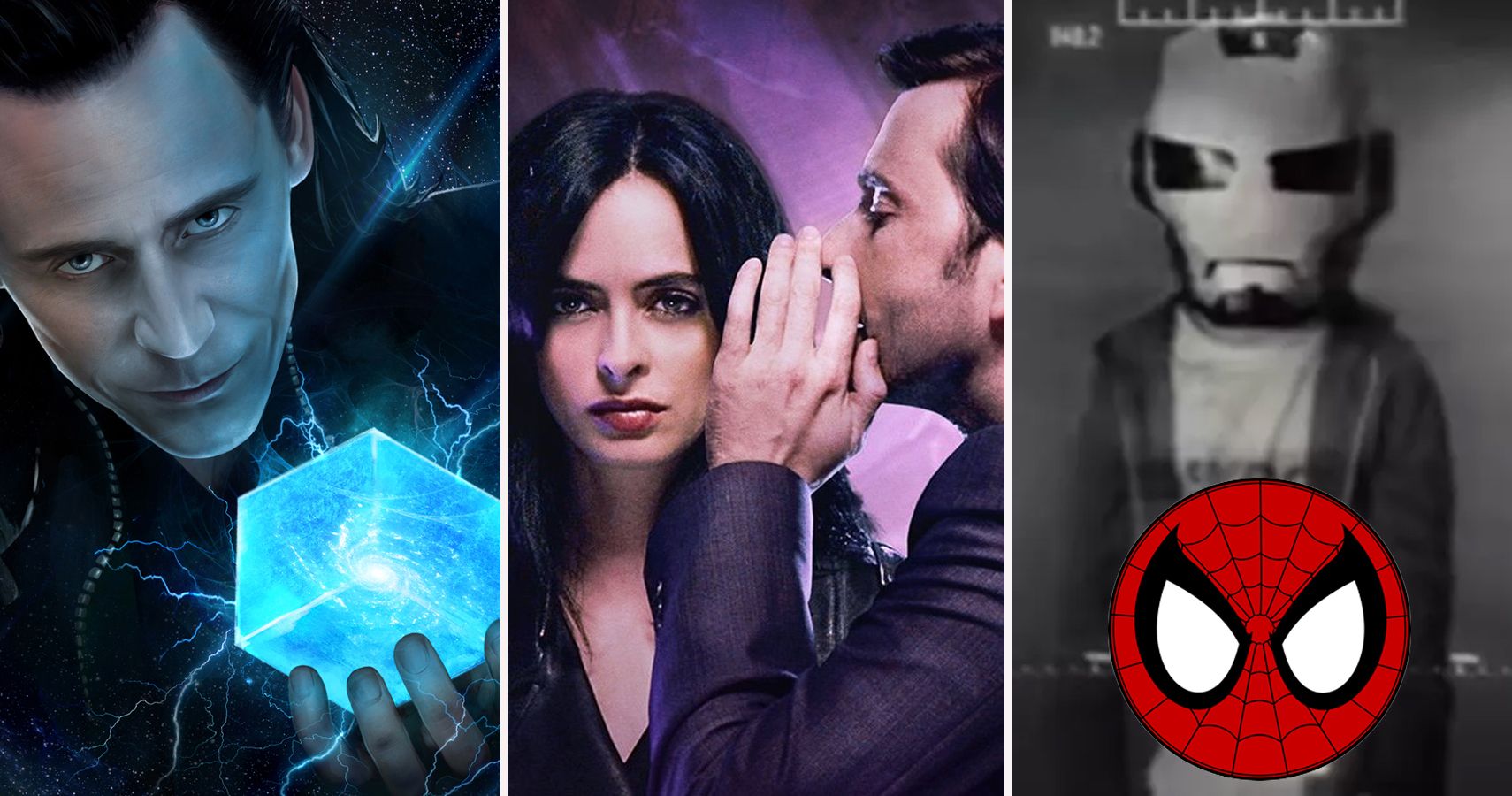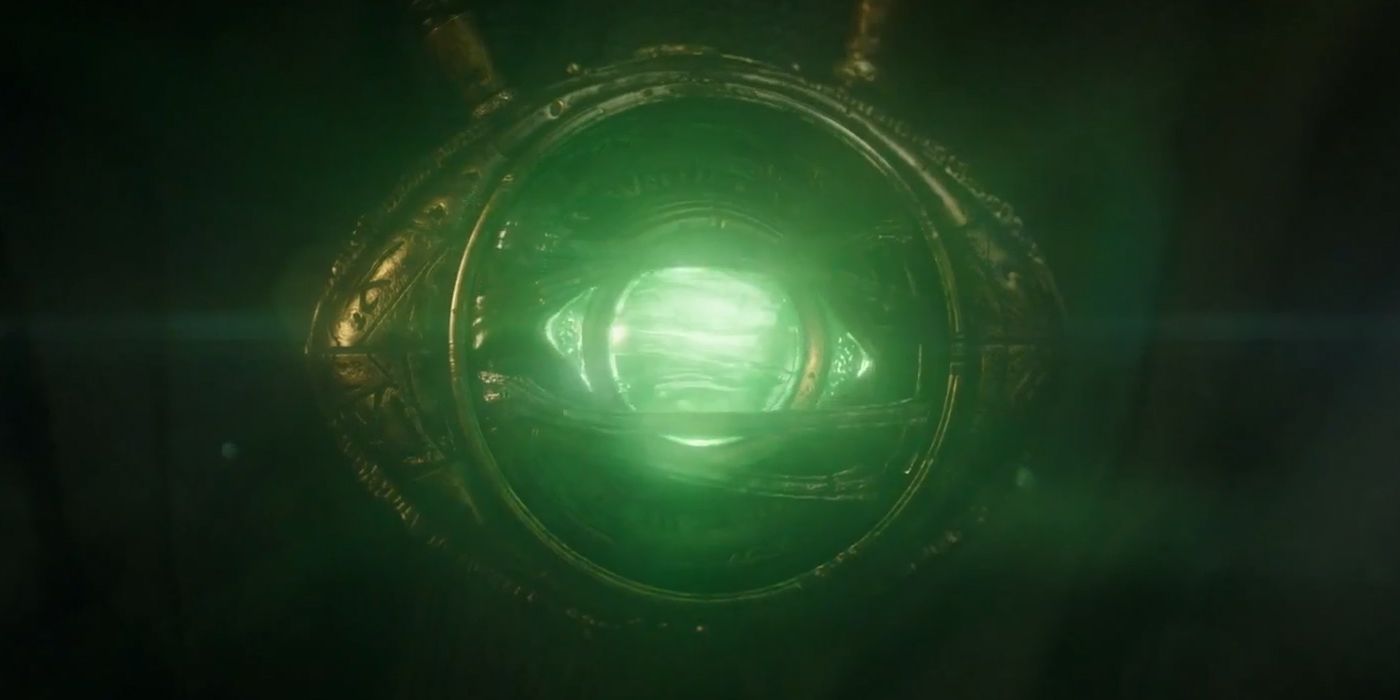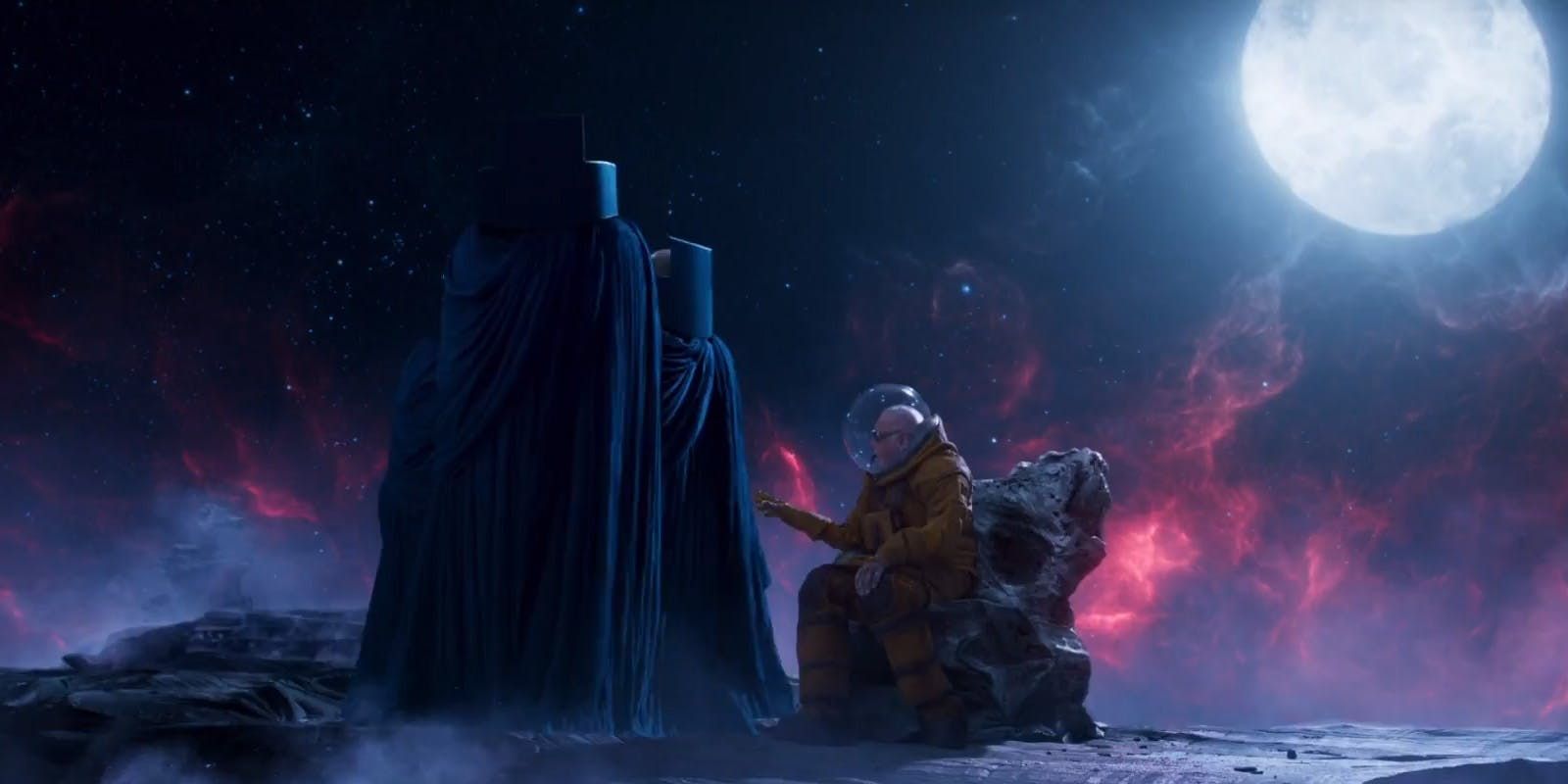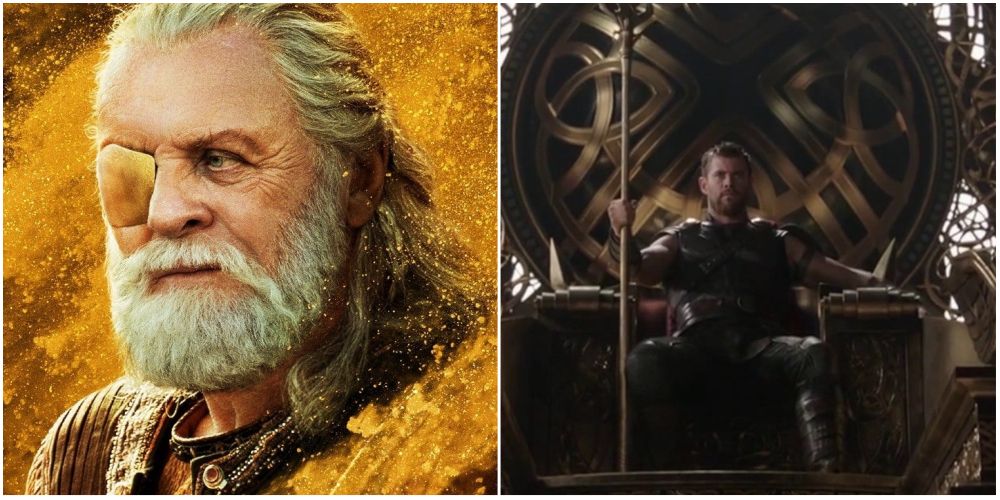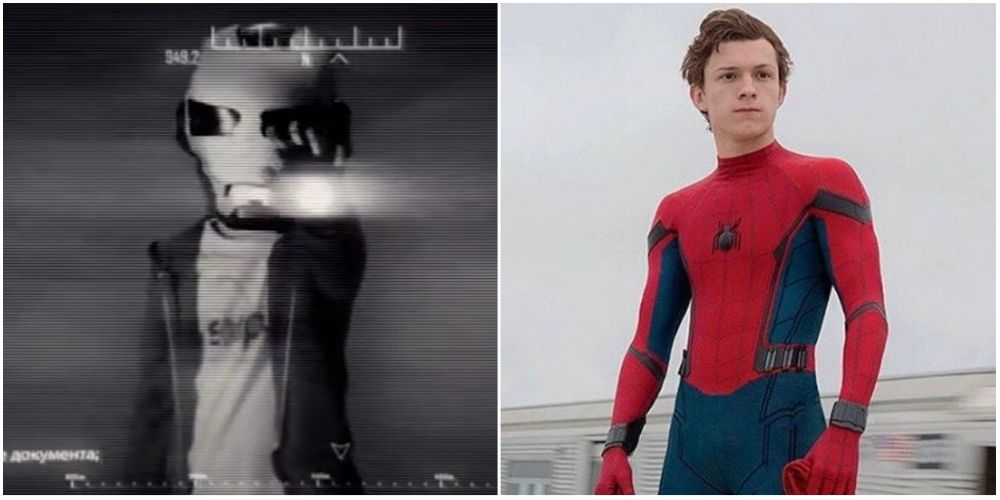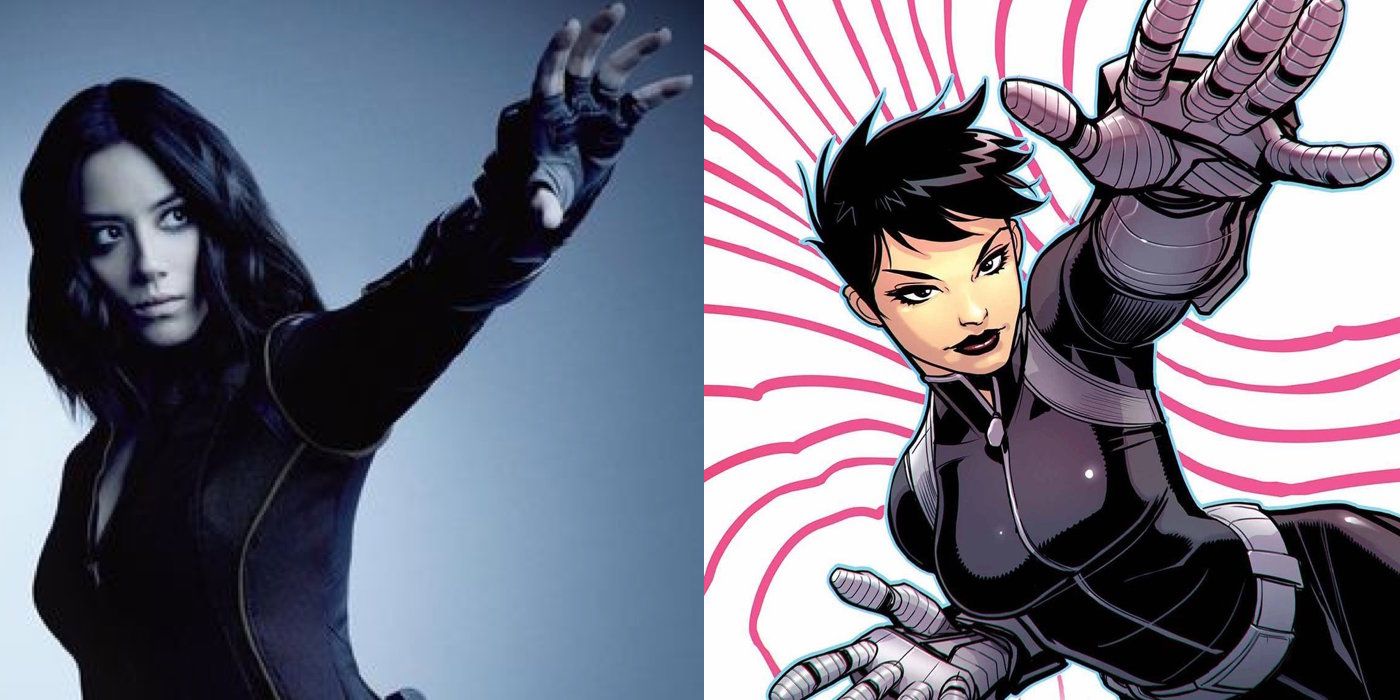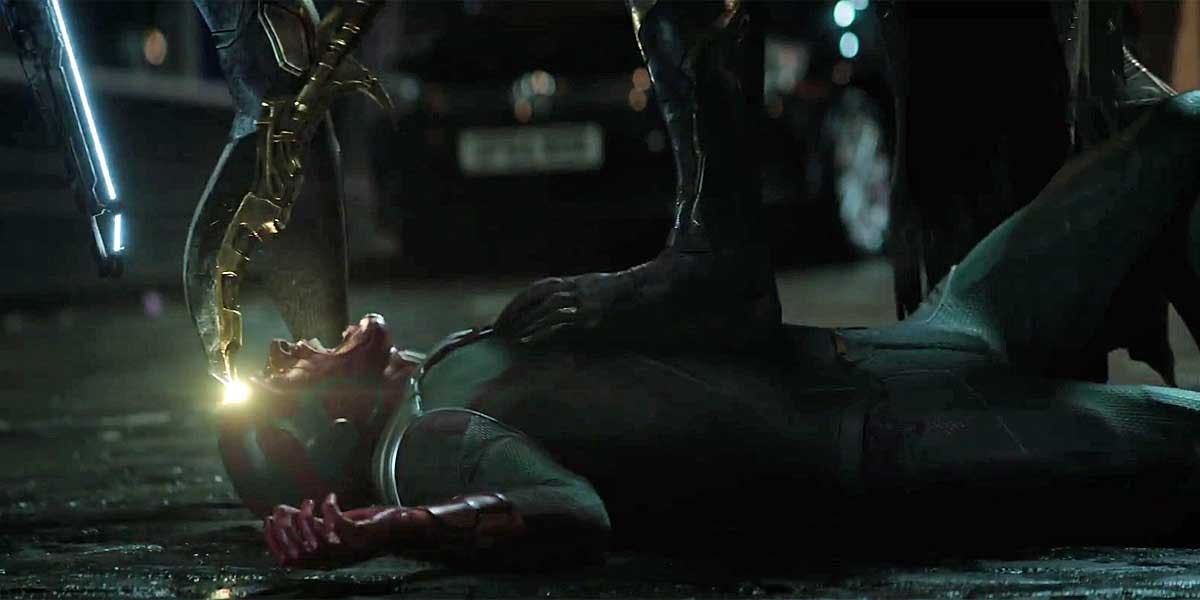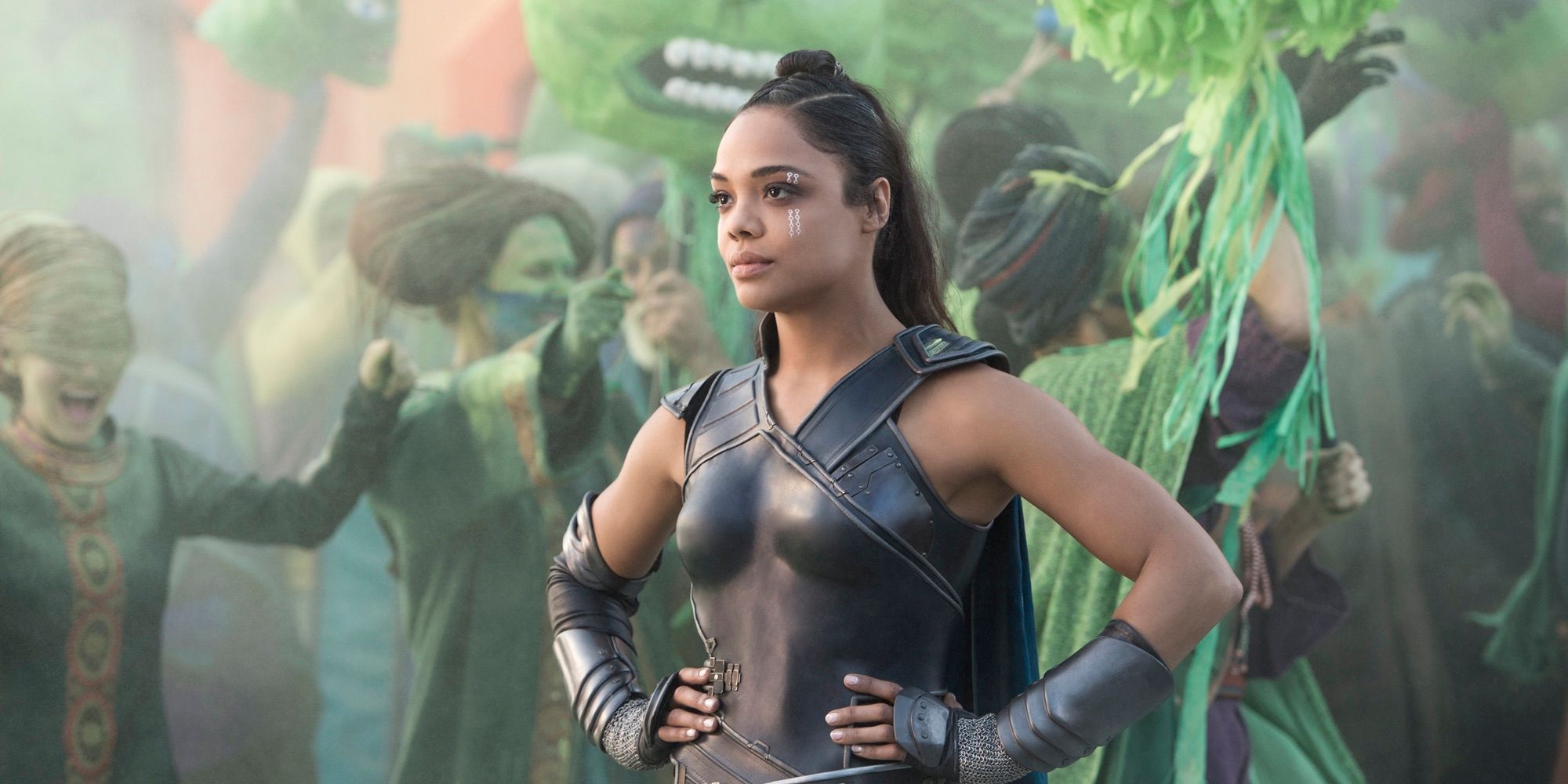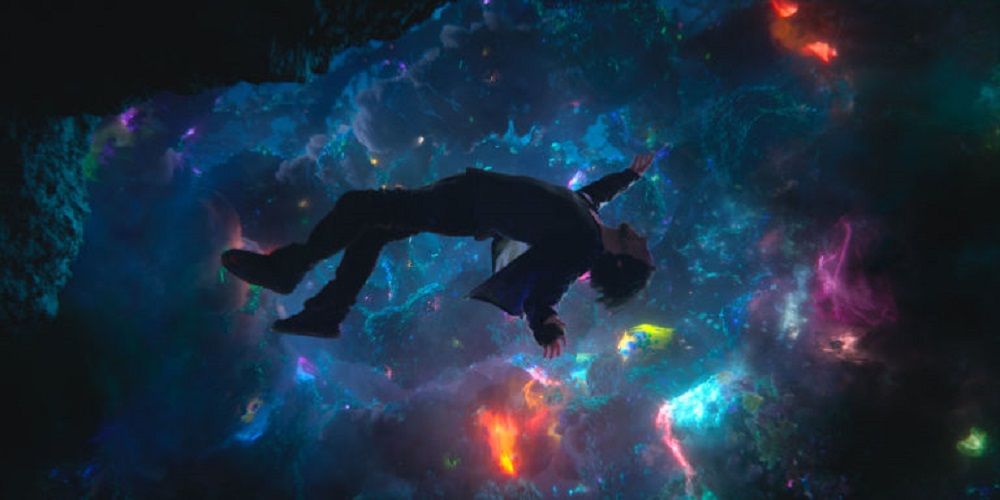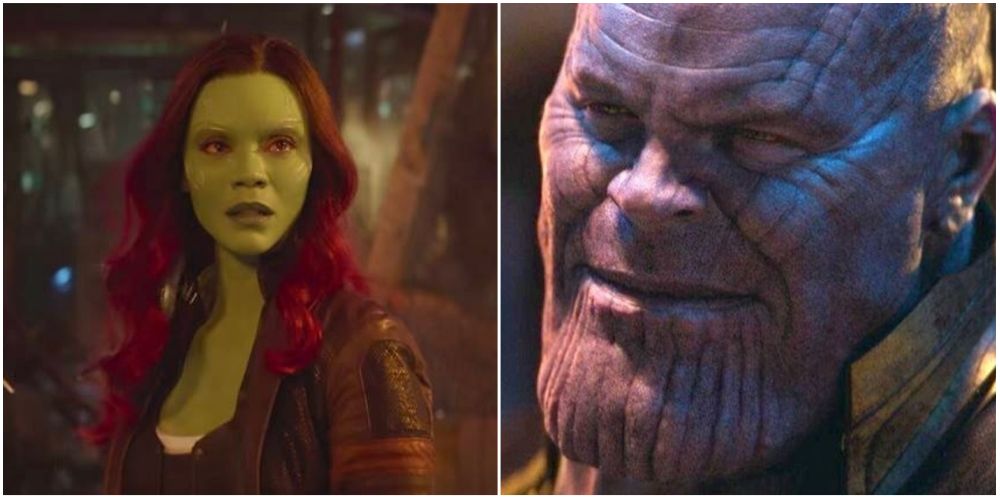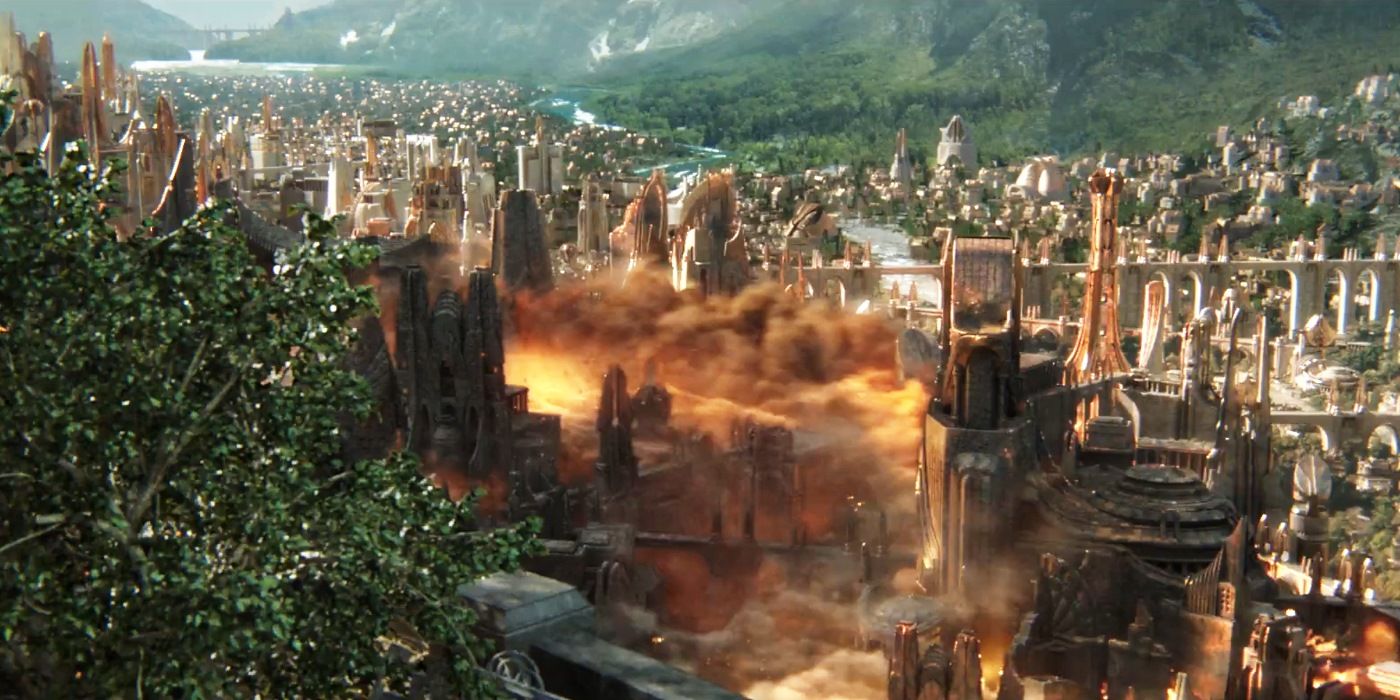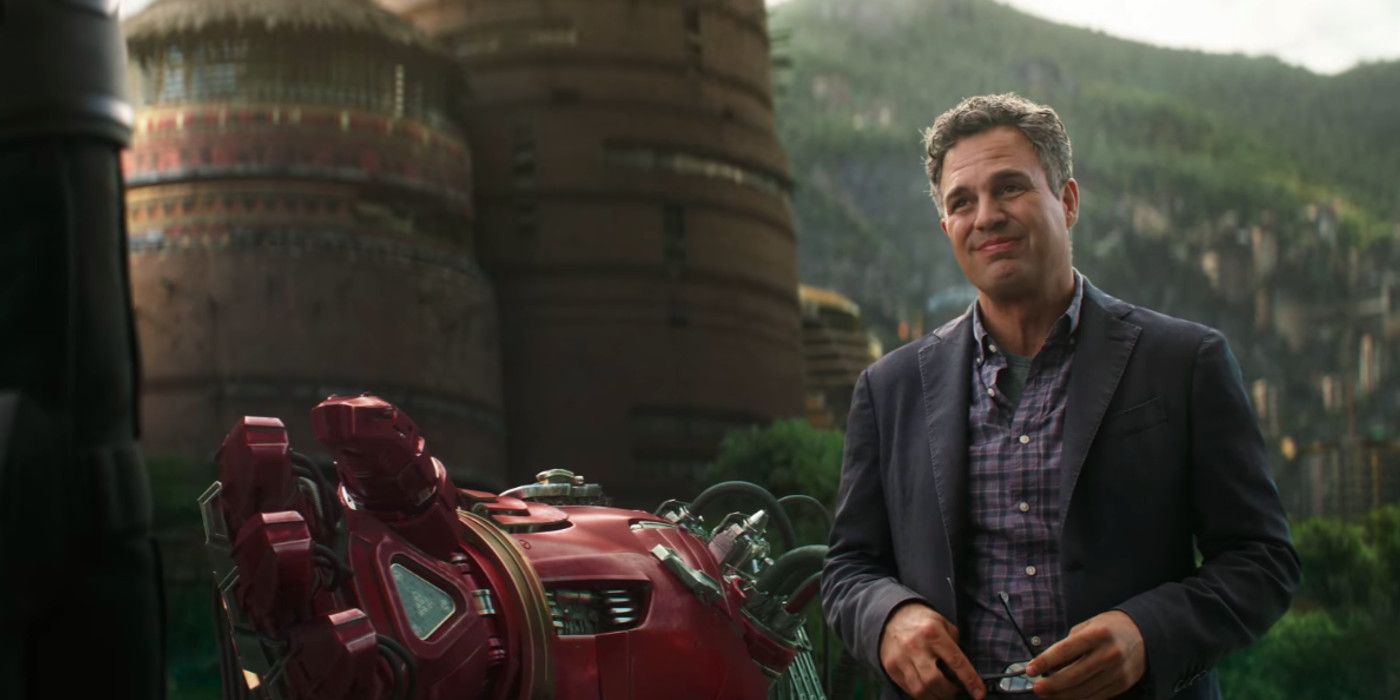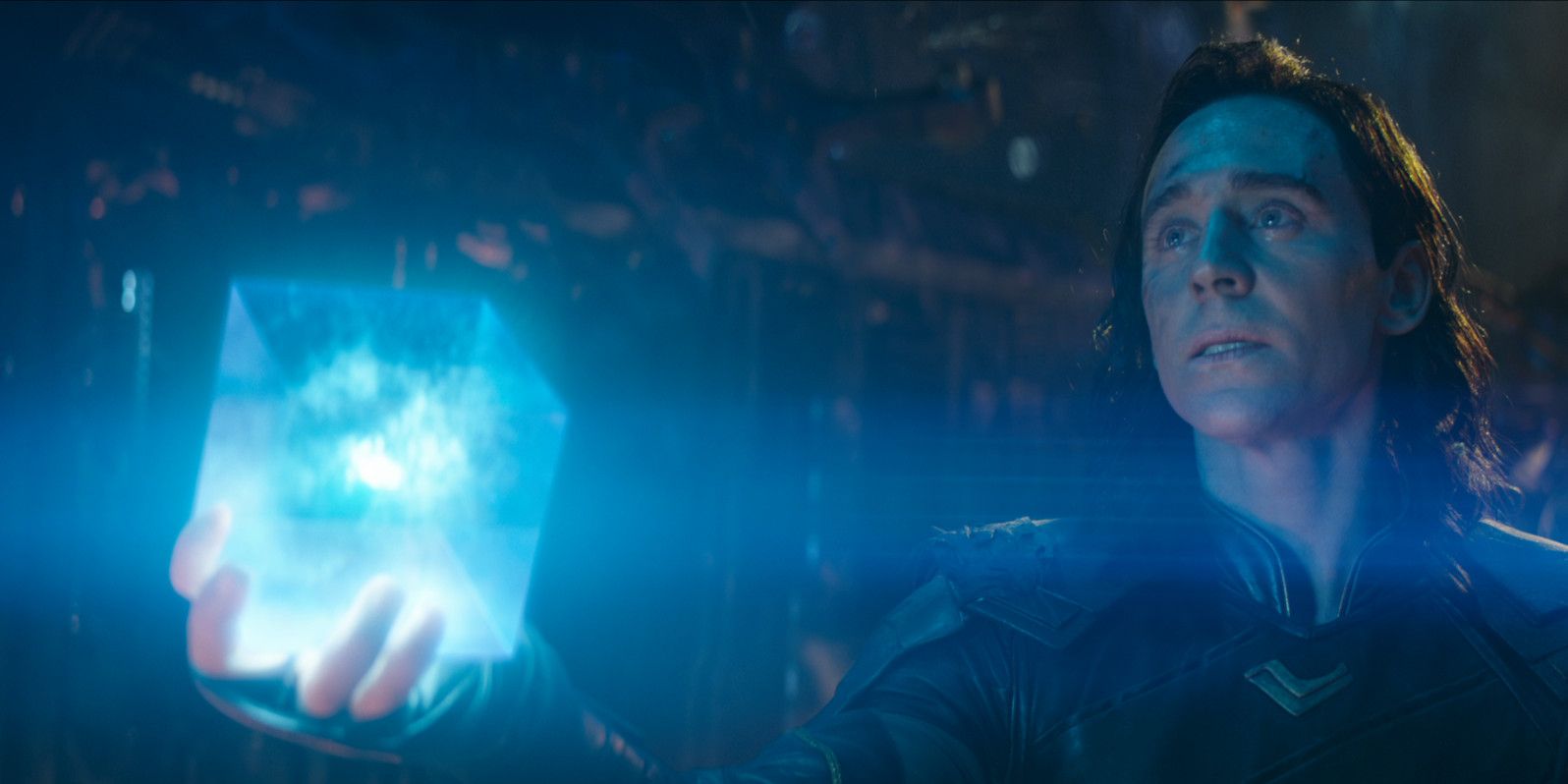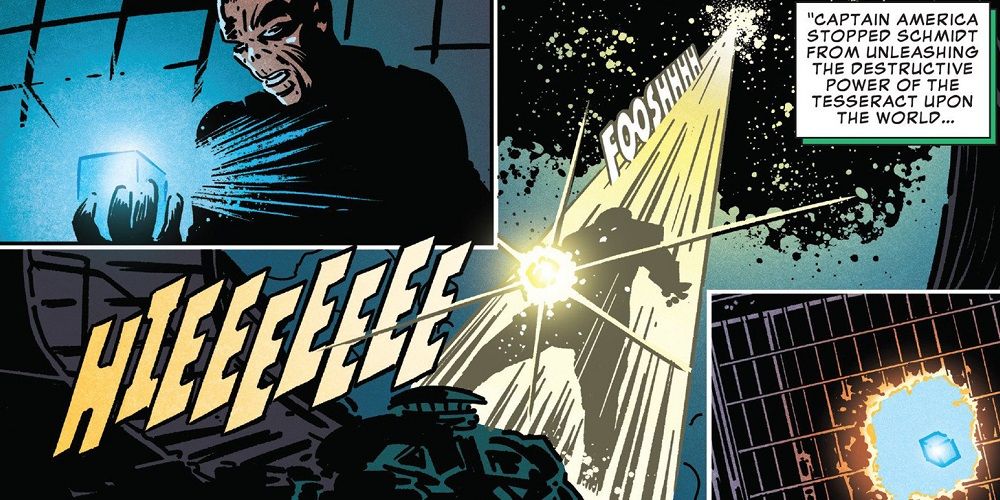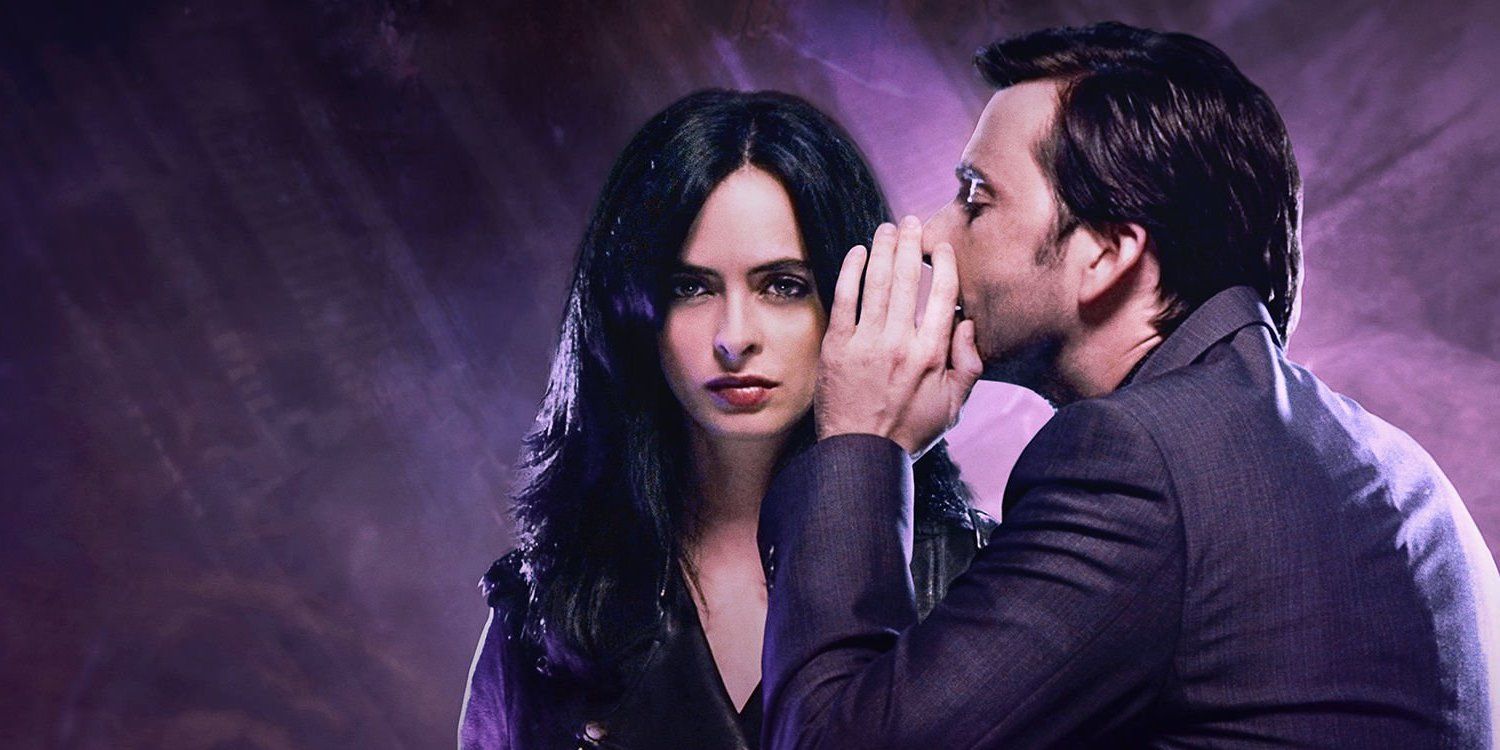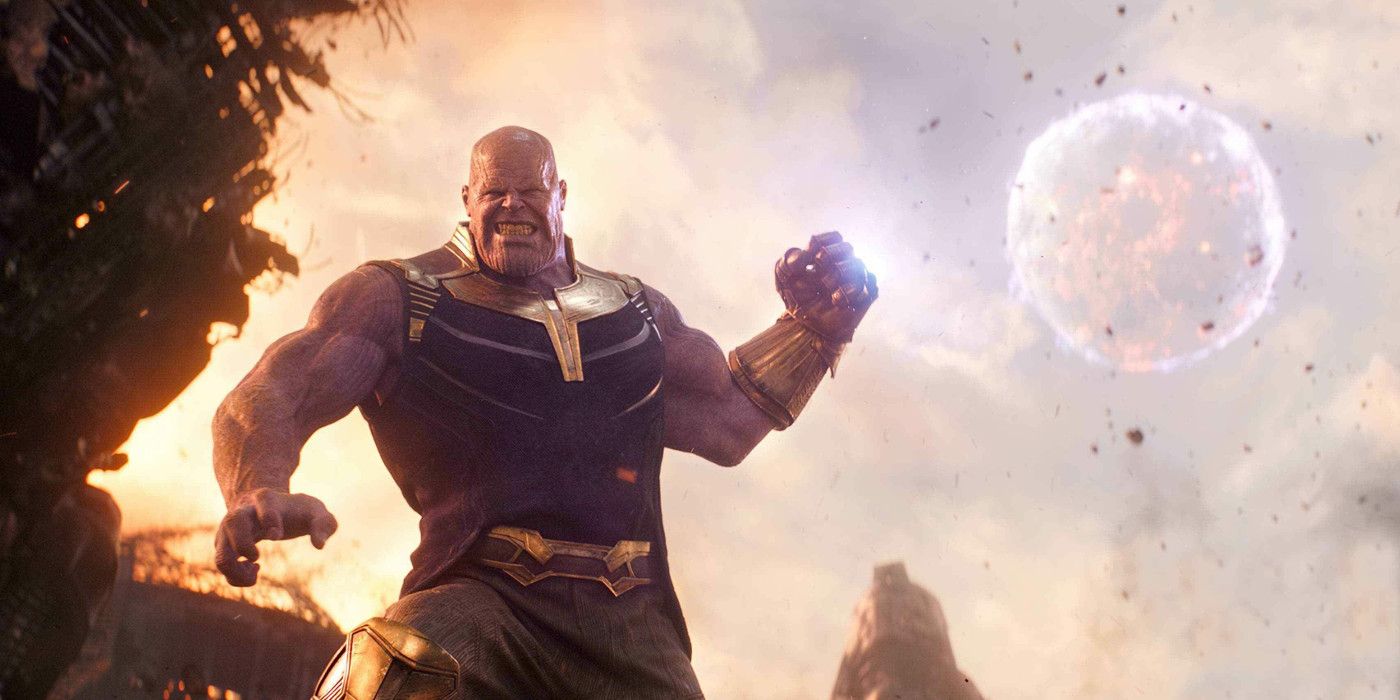Marvel Studios has unfailingly managed to entertain us comic nerds with blockbuster after blockbuster of a superhero film – from 2008’s Iron Man to this year’s controversial Infinity War. Each movie expands on the Marvel world with the introduction of exciting new characters – whether they’re floating psychedelic head named Dormammu or a ragtag group of anti-heroes known as the Guardians of the Galaxy.
What keeps us on the edge of our seats with each film is the universe that entwines all of them together – widely known among Marvel fans as the Marvel Cinematic Universe. With a rich storyline and a complex lore, audiences are thus compelled to analyse and discuss its narrative details – resulting in theories on what the plot may bear next for our beloved characters.
While fan speculations are done in good fun and often taken with a grain of salt, every once in a while – one may just hit in the nail right on the head (Sometimes to a rather eerily extent).
This article discusses the cleverly thought-out fan theories that actually turned out to be true in subsequent MCU films, from hidden secrets to tragic character exits. Of course, as we’ll be discussing a variety of plot twists and turning points in the MCU’s history, spoilers abound.
This is 15 Crazy MCU Fan Theories That Actually Turned Out To Be True.
The Eye Of Agamotto Has An Infinity Stone
In this year’s gigantic Marvel blockbuster, Avengers: Infinity War – a movie that has already scored 11th place as one of the highest-grossing films of all time – we see the greatest, most heartbreaking war the MCU has to offer, in which each of our heroes battle against the Mad Titan Thanos as he attempts to attain each of the six Infinity Stones to wipe out half of the universe.
The Infinity Stones are gems that essentially control different aspects of the universe, including time, space, and reality. With all these armed onto Thanos’ Infinity Gauntlet, the villain is basically invincible, having the ability to manipulate or effectively counter his opponents in any way he chooses.
Prior to the release of Scott Derrickson’s Doctor Strange, fans were aware that the Space Stone was housed in the Tesseract, the Reality Stone in the Aether, the Power Stone in the Nova Corp’s Orb, and the Mind Stone in a Scepter. Only two other stones from the comics remained to be seen – the Soul and Time Stones.
Fans then theorized that Doctor Strange’s amulet – The Eye of Agamotto – may house the Time stone, being of the same color as the amulet’s glow and Kevin Feige’s statement that the Eye can allow its users to “screw around with time”.
The theory turned out to be a winner – with Strange giving up his precious Stone to Thanos by the film’s end.
Stan Lee Is Involved With The Watchers
On the surface, Stan Lee’s cameos may appear to just be fun little easter eggs to keep his fans’ eyes peeled during the Marvel movies – and, like their staple post-credit scenes, have become an essential element of every film – though his clever appearances may actually have more meaning than you think. Fans had come up with the popular theory that the famous Marvel writer may be playing the same exact character in each of his surprise appearances – specifically, an extra-terrestrial being named Uatu who belongs in the all-knowing ancient race of The Watchers.
Luckily for these observant fans, the theory did prove to be true… but also false, in parts.
Marvel Studios president Kevin Feige discussed this theory at a Guardians of the Galaxy: Vol. 2 press conference, mentioning that both he and James Gunn agreed the idea would have been a “fun” thing to entwine into the overall MCU plotline. He talks about the scene in Guardians 2 where Stan Lee is seen on a planet during Yondu and Rocket’s jump-gate sequence, telling a group of Watchers of his experience as a FedEx agent during the events of Captain America: Civil War.
While this proves that Stan Lee is, in fact, the same character in every movie – it sadly signifies that the man is not a Watcher. However – he is credited as a “Watcher Informant” in the credits of Guardians 2, so we guess that means he works for them? We’ll take it.
Odin's Passing And Thor Becoming King
Asgard in Thor: Ragnarok went through some tragically permanent damage when Loki unleashed Surtur, the demon ruler of Muspelheim, to wipe out the city and with it, their heinous sister Hela. She wasn’t the only Asgardian God to perish, however. Earlier in the film, we see the former Asgardian King, Odin, in his final moments – just before Hela’s character makes her sinister on-screen debut. It seems that Redditor and Marvel fan, “Redrighthand77”, had cleverly predicted the passing of this critical Thor character, albeit with a few differences in detail. They also anticipated Thor becoming King of Asgard – with the two incidents being significantly linked.
The user stated that it would only be “fitting” for Thor to become King of Asgard by the end of Ragnarok, fulfilling a long-time anticipated plot event since the beginning of the Thor franchise. However – this wouldn’t come without a few sacrifices, as their theory involves Odin meeting his gruesome demise during a battle between Thor, Loki, and Hela.
Odin’s passing would then incite enough rage in Thor to “finish off” Hela to avenge his father, allowing him to reclaim Asgard and be named King. We give this fan props for coming up with a pretty sharp theory – as both incidents did take place in the film. However, Odin’s exit was fortunately more peaceful, with his soul simply ascending to Valhalla upon his time’s end. Thor, on the other hand, was inevitably crowned King by his fellow Asgardians, after the catastrophic destruction of their beloved realm.
Peter Parker Was The Young Boy In Iron Man 2
In Iron Man 2, there was a tense (and admittedly quite adorable) scene in which a Hammer Drone stands in front of a young boy dressed in Iron Man gear, ready to fire from one of its shoulder guns. The kid lifts up a costume-armoured hand (a la Iron Man) in an attempt to face off the drone – before Tony swoops in and annihilates it before him just in time. He gives the startled boy a “Nice work, kid!”, before flying off into the distance. The child’s face was never revealed in the film, though fans came up with the clever speculation that he could have very well been a young Peter Parker, checking out the Stark Expo to marvel at his long-time hero. At the same time, Peter also lives in Queens – the same location the convention was held. With further research, fans also noticed that Peter’s age and the timeline makes sense.
In an interview with Germain Lussier of Gizmodo, Holland actually confirms this popular theory, saying that he thought it would be a “good story” and that the idea of Peter being involved with the MCU since its much earlier films is a concept he’s quite fond of.
He also stated that this was a particular plotline he was canonizing himself – mentioning that he had a similar conversation with Marvel president Kevin Feige, who hadn’t actually confirmed the theory. Seems like he got the green-light from Feige, however, which makes for some awesome, extra MCU trivia.
Skye Is Quake
Skye was introduced to the Whedon-created Marvel series, Agents of S.H.I.E.L.D. as an active member of a computer activist – or in her own terms, “hactivist” – group titled “The Rising Tide”. The character was revealed to have grown up as an orphan and had taken up the risky lifelong mission of uncovering the truth about her biological parents. Being a member of The Rising Tide, Skye had the ability to access vast amounts of classified information – enabling her to also search for intel on her mother and father. Skye was eventually picked up by S.H.I.E.L.D. Agent Coulson, who offered her to work for him. After completing training with Coulson’s second-in-command, Melinda May, Skye eventually became a field agent of her own and a valued member of Coulson’s team – though the questions surrounding her parents remained.
It wasn’t until Season 2 when audiences got a reveal on who Skye’s father was – an intelligent yet unstable doctor with a some unnerving anger issues. Clever comic book fans began drawing their theories from there; the character was a lot like a supervillain from the Marvel comics named Calvin Zabo. In the comics, Calvin had a daughter named Daisy Johnson, a girl with seismic abilities who went by the fitting alias, “Quake”. Connecting the pieces together, it only made sense that Skye was Daisy – if her father was, in fact, the MCU’s version of Calvin Zabo.
Turns out, he was – leaving fans to rejoice for yet another successful fan theory.
Loki, Heimdall, And Vision Perish In Battle
As Infinity War neared its highly-anticipated release, fans were already theorizing on who of our favorite heroes’ lives were at stake. It was expected that many were going to perish in battle – as heartbreaking as it may be for most of us fans. This was also an effective way for the writers to humanize Marvel’s often seemingly-invincible superheroes, and – as easy as it may be to forget – no one is really “safe “in the MCU.
Prior to audiences piling up at the theatres for Infinity War – there were, of course, dozens of popular fan theories shared across the cyberspace on whose lives were most likely at Thanos’ mercy.
The online magazine, Bustle, laid out seven of these characters, which included Loki, Heimdall, and Vision. As those who have watched the film know – each of these characters truly did suffer a tragic end at the hands of Thanos, with the two Asgardians being the first to make their exit. Loki was crushed by the Mad Titan, while his ally, Heimdall, was taken out by Corvus Glaive’s weapon.
Vision, on the other hand – was labelled as a rather “obvious” choice among these theories, seeing as his forehead houses one of the Infinity Stones (the Mind Stone, to be exact). While we were teased with the possibility of Shuri being able to save Vision – his inevitable end still befell him, with Thanos mercilessly prying the Stone out of the Avenger’s head, rendering him lifeless.
More Information On Valkyrie
Valkyrie was first introduced in Thor: Ragnarok as a fearless, tough, and alcoholic Asgardian warrior who eventually bumps into Thor and sells him to The Grandmaster. She later joins his new team, “The Revengers” to escape Sakaar and fight alongside Asgard in the battle against Hela. Being an interesting character (and an entertaining one to watch, at that) in her own right, curious fans began speculate on Valkyrie’s sexuality – with many theorizing that the hero may very well be bisexual.
Comic book readers were quick to note that the film’s director, Taika Waititi, had a rather different interpretation of the Valkyrian to that of her assumed comic-counterpart, Brunhilde. Unlike Brunhilde, Tessa Thompson’s portrayal had a much more bitter and apathetic demeanor, with a vastly different physical appearance – while Thompson sports dark hair and a tan complexion, Brunhilde is your typical image of a female Viking: blonde hair and pale skin.
Fans then began to analyse a scene in the film where Valkyrie has a flashback of Hela slaughtering her fellow warriors, with one maiden she remembers in particular who saves her life by sacrificing hers. Many were quick to jump to the theory that this golden-haired Valkyrior may have been Brunhilde instead – and that Thompson’s Valkyrie was her lover. Fortunately for fans, the actress herself confirmed things on Twitter by declaring that her character, was, in fact – bisexual. This means the Asgardian warrior may be the first MCU character to openly represent the LGBTQ community!
Doctor Strange And The Quantum Realm
Peyton Reed’s 2015 Ant-Man allowed the MCU to integrate some pretty exciting physics and science-fiction concepts into their lore. This included the introduction of what was known in the comics as the “Microverse” – or what is now termed in the MCU as “The Quantum Realm” – a dimension that Scott Lang enters by shrinking down to a subatomic scale.
The Quantum Realm, however, seemed a like a concept that had a lot more in store for the MCU. We quickly looked into why Marvel would ditch its original name – the “Microverse” – for one that could encompass more science, physics, or even supernatural-related ideas. A popular theory was that Ant-Man was laying the groundwork for Doctor Strange’s cinematic adaptation later down the track. The hints to this were made all the more obvious when Marvel Studios president Kevin Feige discussed the movie and its concepts in an interview with Cinema Blend.
Feige mentions how space and time are rendered meaningless once one shrinks down to a subatomic size – thus entering the Quantum Realm. He teases that “a lot of that stuff applies to Doctor Strange” and essentially implies that things may just get even trippier in a future Marvel film. Once Doctor Strange came out in the following year, some observant fans were quick to point out a scene where Stephen Strange plunges into a series of different dimensions, with one of these being the mysterious Quantum Realm.
After confirmation from Scott Derrickson himself, this theory proved to be another winner.
Thanos Single-Handedly Does Something Terrible
Gamora may be known in the Marvel universe as the “Deadliest Woman in the Galaxy”, though even her powerful combat skills weren’t enough to escape Thanos’ wicked tricks. Most of the audience had their jaws drop at Gamora’s bitter fate during Infinity War – unless you were one of the keen comic fanatics who saw this outcome coming.
Just like her on-screen counterpart, comic Gamora was adopted by the Mad Titan Thanos, who then trained her to become the lethal assassin the galaxy would come to fear. A significant difference, however, was that Thanos was not responsible for wiping out half of her Zehoberein race – rather, it was a zealous cult known as the Church of Universal Truth.
Unfortunately for Thanos – and not unlike in the MCU – Gamora eventually turned her back on her father, and with the help of the Avengers and Warlock, attempted to take him down. During this battle, she suffered mortal wounds from Thanos – though was luckily saved by Warlock as he preserves her soul in his Soul Gem.
As her fatality was quite a significant event in the comics, passionate fans were ready to see this adapted on-screen.
Their dark theory turned out to be true – and had far more gruesome results, in fact. While comic Gamora’s soul was peacefully preserved within the Soul Stone, movie Gamora saw her fate at the bottom of a cliff in Vormir – thrown off by her own father in exchange for one of the Infinity Stones.
Asgard's Destruction In Thor: Ragnarok
Thor: Ragnarok, the most critically-acclaimed chapter in the God of Thunder’s storyline, features the tragic destruction of our hero’s city – courtesy of the Norse demon, Surtur. Fortunately for the Avenger – along with his brother Loki, teammate Bruce Banner, and a lucky bunch of other Asgardians – he was able to hijack and escape through the Statesman, a massive spaceship that was previously owned by the eccentric Grandmaster. On board, Thor was crowned the Asgardian King, and set the ship on a route back to Earth with the intentions of rebuilding his beloved city – likely in Norway, as his father had suggested.
While this ending for Ragnarok was a rather disastrous one for Thor, fans had already seen the fateful end of Asgard coming, taking their first obvious hints from the film’s major trailers prior to its debut. The teasers clearly show the evil Goddess Hela arriving at the city and causing mass destruction among the realm and those who inhabit it – an already major giveaway that things don’t bode too well for the place.
Secondly, it was noted that the term “Ragnarok” can be understood as Norse mythology’s version of Doomsday. In detail, “Ragnarok” is the name for a series of catastrophic incidents that lead up to the deaths of significant Norse figures – including Odin, Loki, and Thor. Seeing as the movie included this in its title – it wasn’t too far-fetched to think that Asgard was going to experience some calamitous damage.
The Hulk In The Hulkbuster
The Mark XLIV Armor –popularly known as the “Hulkbuster” – was introduced to the MCU in Avengers: Age of Ultron as another one of Tony Stark’s fine inventions (his forty-fourth Iron Man suit, to be exact), made with the help of Bruce Banner as a weapon to restrain The Hulk.
Tony Stark was first driven to use the Hulkbuster in Ultron after Bruce Banner fell victim to Scarlet Witch’s mind manipulation – triggering him to uncontrollably morph into The Hulk. Unfortunately, even Stark’s hi-tech wits weren’t savvy enough against The Hulk – as the Avenger still managed to tear through the armour in battle. Thankfully, Stark was able to knock him out before further damage was done. As awesome as it was to see this suit in action, it never made an appearance since – until the Infinity War trailers.
Of course, this spurred a ton of fan speculation as to who was in the suit and why it was making a comeback. A popular theory that everyone seemed to agree with was that it was Banner manning the suit – seeing as a set photo showed the character standing next to the Hulkbuster’s arm. Fortunately, this theory didn’t take long to confirm, as a photo made its way online featuring a toy with the big green guy sitting in the Hulkbuster.
It was also theorized that perhaps the reason for Banner being in the suit is because The Hulk refuses to surface. As fans have seen from Infinity War, this was exactly the case.
Loki Will Betray Thanos (And Pay With His Life)
While there were hundreds of speculations surrounding Infinity War on which heroes would face their tragic fate at the hands of Thanos, few were able to correctly guess the details leading up to these fatalities. Redditor “Murteza_King” was one of these clever few. Upon analyzing the trailer for the movie, they concluded that Loki may very well be one of the unfortunate characters to perish at The Mad Titan’s feet. Specifically, they theorized that Loki would attempt to trick Thanos, pretending to give him the Tesseract – only to have Thanos see through his ploy and end his life.
This theory turned out to be a total slam dunk – albeit with a few minor differences.
While the fan had guessed that Loki would pretend to offer up the Tesseract – only to sacrifice himself in the aftermath – they also theorized that the he would teleport Bruce Banner to the New York Sanctum in the process. Of course, it didn’t exactly turn out this way in the film. While The Hulk did get sent back to Earth – it was Heimdall who opened the Bifrost Bridge in his last moments of life, teleporting Banner to his home planet to warn the others of Thanos’ plan.
Red Skull's Return
Those who’ve seen Captain America: The First Avenger know that the film’s main villain - a monstrous walking accident of the Super Soldier Serum known as Red Skull (a.k.a Johann Schmidt) – saw his final moments upon picking up the Tesseract and getting consumed by the Stone’s energy. Fans believed that this was the end of Red Skull – until an Avengers: Infinity War prequel comic showed up that hinted at a possible return for the Marvel villain. In the comic panel, we see a throwback this incident in the film where Schmidt is seen holding the Tesseract – though instead of disintegrating from the its powerful force, we see that it instead sends him off into some realm in space, leaving the cube behind.
This then caused fans to think that perhaps Red Skull didn’t perish after all; and since the prelude comic decided to feature this particular moment as a flashback, he may wind up making a surprise appearance for Infinity War. And they were right – the bald, red-faced villain was found by Thanos and Gamora on the barren planet of Vormir, where he had taken it upon himself to become the guardian of the Soul Stone.
It was a rather strange change of character for an antagonist who brandished such brawn and brutality in his first movie – from a HYDRA soldier to a now dark-cloaked Stonekeeper – but hey, it was interesting to see where he ended up.
Kilgrave's Return
Jessica Jones is a currently running television series entwined with Marvel’s cinematic universe, featuring a young, female detective with superhuman abilities. Portrayed by the excellent Krysten Ritter, Jones’ story explores a traumatic history of sexual violence and abuse from a vicious man named Kilgrave – a criminal with the superpower to control minds at his will. Eventually able to escape from Kilgrave’s clutches, Jones continued to live her life at a low profile, struggling from the post-traumatic stress of her haunting relationship with the maniac. It wasn’t before long that Jones had decided to track down Kilgrave and have him pay for all his inhuman crimes – ending the psychopath by the end of first season.
As satisfying as it was for fans to finally see justice served – there were many who already predicted a possible return. One fan pointed out Kilgrave’s ability to self-heal, a likely factor in prompting a reappearance. There’s also the IGH – a laboratory specializing in genetic technology, with specialists who could possibly revive the villain. Upon the release of Season 2 – we found that Kilgrave (and the fantastic David Tennant who plays him) does return, but only as a haunting vision that continues to torment Jones.
Seeing as he was a prominent figure of Jones’ storyline, having her continue to deal with his traumatic influence was an intriguing move on Marvel’s part, enabling the series to explore her character further.
Everyone Suffers In Infinity War
If you’ve gone out and seen the much-talked about Infinity War, then you most likely share our anguish over the loss of our favorite Marvel heroes (and on a lighter note – excitement over Captain Marvel’s upcoming debut). From Loki to the Guardians of the Galaxy (sans Rocket Raccoon, thank goodness) – hardly any of our on-screen protagonists were spared at the snap of Thanos’ finger. Thankfully, the plot was generous enough to wipe out only half of the Marvel universe, leaving us still with a handful of important figures, including a handful of Avengers and a couple of Wakandans.
While this Marvel event came as a massive shock to many, there were quite a few fans who saw this tragedy from a mile away.
One fan in particular, Redditor “magidmarvel”, pointed out that with Marvel “boasting” about the stakes being high in their biggest MCU film, and including nearly all of the characters that have been introduced thus far – it’s a rather likely outcome that many will “meet their maker”. On top of that, the trailers already leaked a few scenes of some of our heroes defeated in battle – Vision, for one – which backed up this speculation even more.
The fan went on to guess that perhaps one lucky character would be able to swipe the Infinity Gauntlet and reverse this damage, though alas, the actual movie left us with a tear-jerker of a cliffhanger as a finale.
--
What are your MCU fan theories that turned out to be true? Let us know in the comments!

